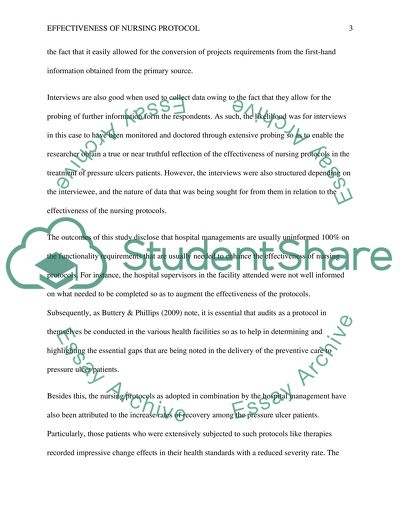Cite this document
(“The effectiveness of a nursing protocol for the treatment of pressure Essay”, n.d.)
The effectiveness of a nursing protocol for the treatment of pressure Essay. Retrieved from https://studentshare.org/nursing/1632330-the-effectiveness-of-a-nursing-protocol-for-the-treatment-of-pressure-ulcers
The effectiveness of a nursing protocol for the treatment of pressure Essay. Retrieved from https://studentshare.org/nursing/1632330-the-effectiveness-of-a-nursing-protocol-for-the-treatment-of-pressure-ulcers
(The Effectiveness of a Nursing Protocol for the Treatment of Pressure Essay)
The Effectiveness of a Nursing Protocol for the Treatment of Pressure Essay. https://studentshare.org/nursing/1632330-the-effectiveness-of-a-nursing-protocol-for-the-treatment-of-pressure-ulcers.
The Effectiveness of a Nursing Protocol for the Treatment of Pressure Essay. https://studentshare.org/nursing/1632330-the-effectiveness-of-a-nursing-protocol-for-the-treatment-of-pressure-ulcers.
“The Effectiveness of a Nursing Protocol for the Treatment of Pressure Essay”, n.d. https://studentshare.org/nursing/1632330-the-effectiveness-of-a-nursing-protocol-for-the-treatment-of-pressure-ulcers.


